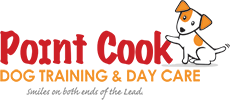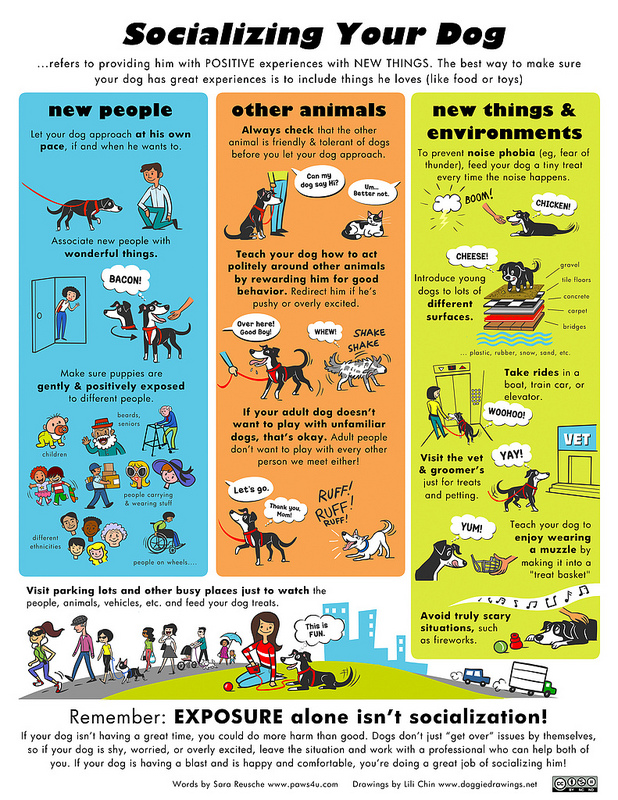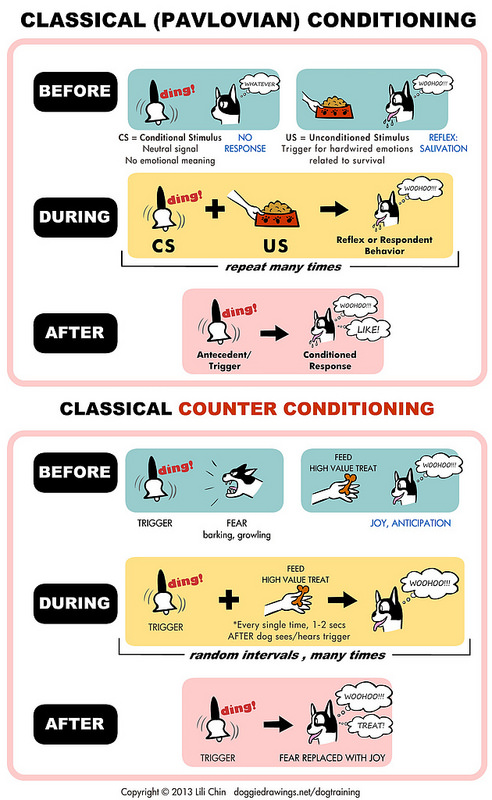Today we all live very busy lives and live in very busy suburban areas. With so much going on at home and in the surrounding environments we live in, it is no surprise that our dogs may find it difficult to cope with our hectic routines and all of the stimuli in our world.
What humans consider day-to-day situations, common objects and familiar sights and sounds, our dogs regard as foreign. As dogs are such a big part of our lives and spend so much time with us, it is sometimes forgotten that dogs are not human, and for a dog trying to understand the human world can become overwhelming.
This is a fact that is easily overlooked, and we now have quite high expectations from our dogs to act in a certain way, an almost human way, a way in which is unachievable for our dogs, who are doing their best to understand the most basic elements of human behaviour and standards. This lack of comprehension from our dogs, combined with limited training and socialisation, are often the cause of leash reactivity and a myriad of other behavioural problems.
How can we help our dogs to understand us and our world?
To assist our dogs in understanding us and our world, we need to begin exposing them to all that it includes. To do this it’s critical that we begin socialisation very early in our dog’s life. Ensuring that dogs are exposed to all that is included in our worlds from an early age, and continuing this exposure throughout their lives, is critical to achieving a well adjusted dog.
It is important to remember that exposure and socialisation are a little different. Exposure is the act of allowing your dog to just view, and to just be, in the presence of different objects and various situations. Socialisation is when we create a positive association with all of the new stimuli presented to our dog’s. To do this we add high value treats to the exercise. So before you head out for your walks, be sure to bring a bum bag that includes some high value treats you can offer your dog to create this association.
Socialisation does not only mean that our dogs are able to mix well with other dogs. Socialisation also includes exposing our dogs slowly and correctly to all of the objects in our households and in the outside world. This will assist our dogs to adapt to all of the stimuli included in our world. Sights and sounds that are just everyday occurrences to us, can be frightening for dogs. They need time and encouragement to adjust. If this time is taken, you are setting your dog up to succeed in our world, resulting in a sound dog, who feels comfortable in most situations.
Another way we can help our dogs adapt to our world is to implement ‘training skills‘. These skills help dogs understand us as they are structured exercises that encourage us to be consistent, provide clear and simple language with the addition of simple visual cues. This type of communication will help dogs understand what we expect from them. Most dogs thrive during training. This is because they love to work, they love to earn rewards and they love to be physically and mentally active. Training using ‘force-free methods‘ will also enhance or create a special bond between you and your dog.
Incorporated in the training process is the need for us all to comprehend that English is a dog’s second language. Dogs need to be taught English in its most simple form. Dogs relate best to binary language. ‘One word for one action‘. They also respond very well to hand signals and our body language. Words can sometimes be your dog’s least required action in achieving the required result.
We need to keep things simple and consistent for our dogs to understand us. We reward the correct behaviours and ignore the undesired behaviours. We add structure and routine to our dog’s lives. This creates predictable outcomes, which dogs love, as it allows them to feel secure in their day-to-day life. They understand what is expected from them and what happens during particular times of the day as well as during training sessions.
We also need to understand our dog’s language. Yes, they have one all of their own! They are trying to tell us things all the time but we simply miss their body language and signals. Their language can sometimes be obvious but it also can be subtle, so we need to be observant when around our dogs so we can interpret what they are trying to tell us. Please read our other Doggy Article on ‘Body Language and Calming Signals‘ for more information and relevant pictures so you can begin to understand your dog’s language.
Adjusting our behaviour to help our dogs and taking some time to slowly expose our dogs to our world, (while learning our dog’s language) will in turn, set our dogs up for success. This will be evident during training and while our dogs are interacting with other people, other dogs and different objects.
Adding all the above mentioned tips to your day-to-day life with your dog will promote a healthy and harmonious relationship…one based on mutual respect.
Take some time to see the big doggy picture when relating and interacting with your dog. They really only want to please us, however, sometimes, they simply need a little more time and an extra helping hand to understand our world and expectations.




